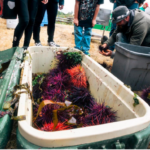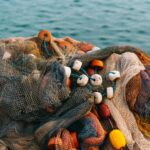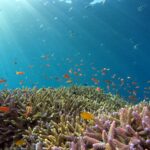This week we spoke largely about the legalities behind technology and internet resources, data and information storage, copyright, and open resources. I found the Fair Dealing Guidelines and “Copyright Matters” to be highly useful considering classroom resources and I plan to save this document for the future when I’m integrating materials into lessons. I didn’t know there were so many specific guidelines behind what you can and cannot do in a classroom setting with certain materials. It was also useful to go over the cloud computing guidelines, as students could present sensitive information to me in the future over email. Furthermore, I can use some aspects of FIPPA and the CC guidelines to make students more aware of their own online presence and what they share.
A common theme that I’ve noticed this week is accessibility. In “Copyright Matters” I was happy to come across the section that detailed reproduction of materials for students with disabilities. It could absolutely be a barrier if disabilities were not considered in copyright guidelines, and it’s so important that teachers provide opportunities for students to access content in a way that is conducive to their needs and learning. On another vein of accessibility, we looked at open content this week. It can be such a wonderful resource for those who might not be able to afford to get past a paywall or for those who don’t belong to an academic institution therefore don’t have access to certain “scholarly” content. In a way, open content levels the playing field and gives way for individual inquiry and discovery.
Through the Schmidt Ocean Institute, I was able to discover a number of open content resources relating to marine biology. I was led to the Smithsonian Ocean site which has so many interesting articles relating to all aspects of the ocean. The site even has an interactive map where you can click on an ocean and you’ll be presented with articles relating to that ocean. You can also explore by types of ocean life and ecosystems, historical information, and conservation information. Overall, it seems like a wonderful resources and even has links for educators to create lessons related to marine biology. I’ll absolutely be returning to this site as I curate my inquiry project.




